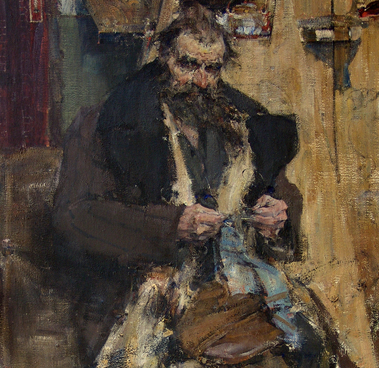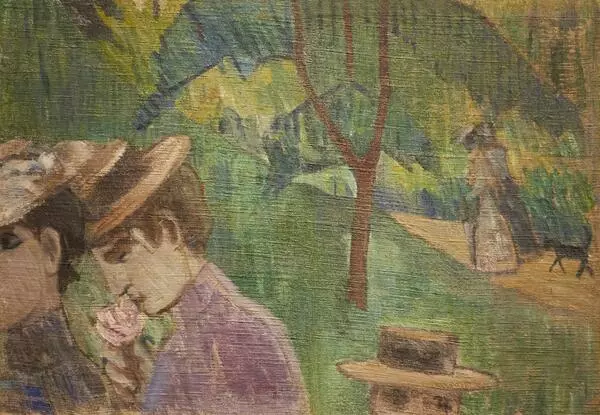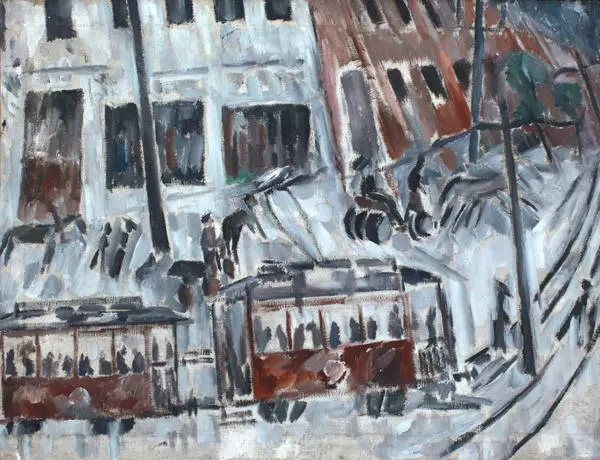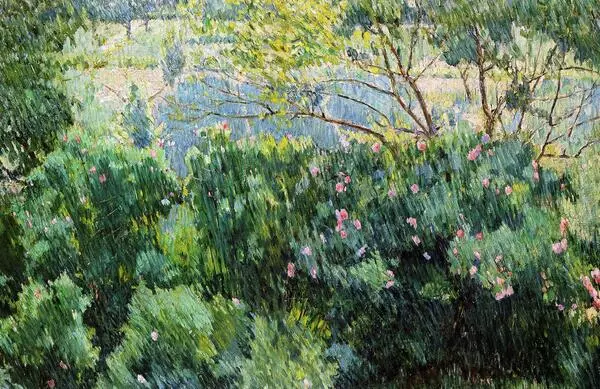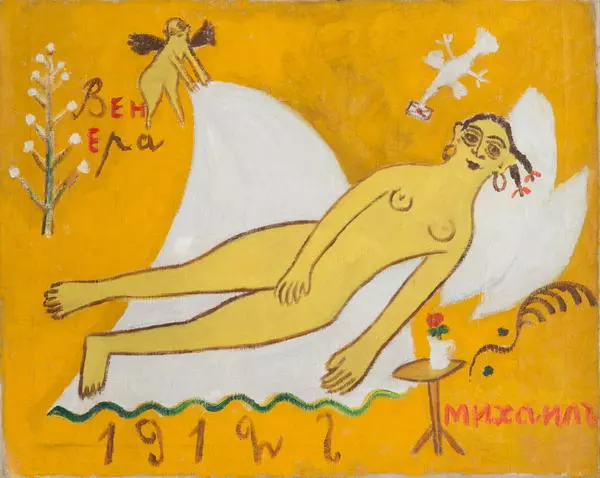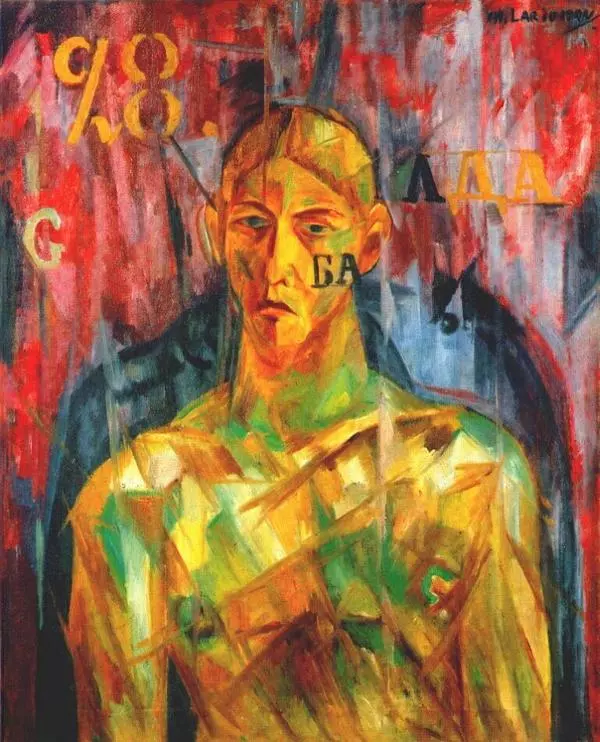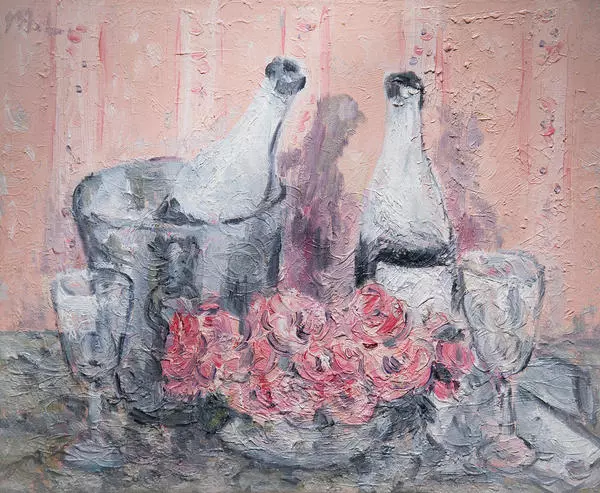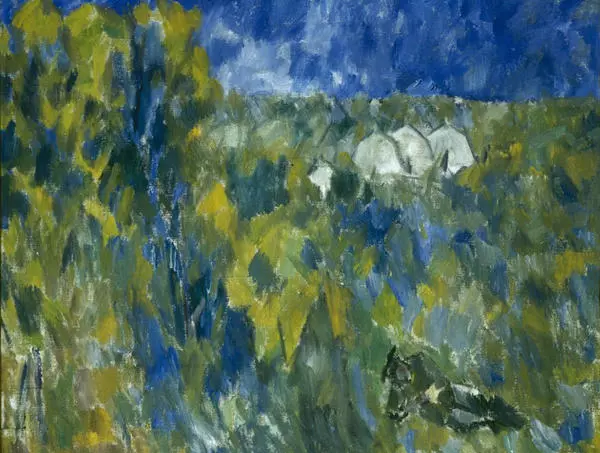Mikhail Larionov is known as one of the first Russian avant-garde artists and leaders of primitivism, neo-privitimism as it was dubbed in the early 20th century. His creative work was influenced by a multitude of traditions: that is the European pictorial art, mostly French, and the Russian folk art and the Oriental art in the broad sense – from Iran to Siberia and the Caucasus.
In 1907, Larionov experienced the folk primitive art – cheap popular prints, handicraft signs, and painting on wood. He was one of the first to notice artistic value in store signs and even in common inscriptions on fences. The last ones later became the centre stage of his works. He saw in the folk primitive art the naïve and clear features that may be set against academism.
Larionov was born in the provincial town of Tiraspol and though he moved to Moscow at an early age, he often returned to his homeland. He liked simple provincial lifestyle but took it with irony. His fondness for his hometown and interest in street culture gave rise to a whole provincial series of grotesque scenes from the life of the Russian province in his creative life.
In the picture A Dressy Provincial Woman, the artist uses characteristic techniques he noticed in his favourite cheap popular prints and shop signs – simplified shapes, intentionally bright colours, deliberately flat figures, distorted proportions. As many painters of Russian avant-garde, Larionov was first carried away with impressionism. Although in this piece of primitivism there was nothing left from the impressionist style, the contrast of cold and warm tones, which was discovered for to the pictorial art by impressionists reminds us of his young years’ fondness. He created all the picture by using two colours — blue and yellow.
In 1907, Larionov experienced the folk primitive art – cheap popular prints, handicraft signs, and painting on wood. He was one of the first to notice artistic value in store signs and even in common inscriptions on fences. The last ones later became the centre stage of his works. He saw in the folk primitive art the naïve and clear features that may be set against academism.
Larionov was born in the provincial town of Tiraspol and though he moved to Moscow at an early age, he often returned to his homeland. He liked simple provincial lifestyle but took it with irony. His fondness for his hometown and interest in street culture gave rise to a whole provincial series of grotesque scenes from the life of the Russian province in his creative life.
In the picture A Dressy Provincial Woman, the artist uses characteristic techniques he noticed in his favourite cheap popular prints and shop signs – simplified shapes, intentionally bright colours, deliberately flat figures, distorted proportions. As many painters of Russian avant-garde, Larionov was first carried away with impressionism. Although in this piece of primitivism there was nothing left from the impressionist style, the contrast of cold and warm tones, which was discovered for to the pictorial art by impressionists reminds us of his young years’ fondness. He created all the picture by using two colours — blue and yellow.


